On May 17th, 1954, the United States Supreme Court handed down a 9-0 unanimous decision to end segregation in the landmark case, Brown V. Board of Education of Topeka. Overturning the Plessy V. Ferguson case of of 1896, separate but equal was finally deemed, unequal. Led by lawyer Thurgood Marshall, the case changed the course of the United States education system, beginning the end of the Jim Crow era and the propelling of the Civil Rights movement.
One of the major compelling cases for the Brown V. Board victory was led by Dr. Kenneth Clark, who conducted the famous doll experiment with his wife Mamie Clark. The Clark Doll Test was a social psychology experiment aimed to expose the psychological ills of segregation on black children. In the experiment, black children from the ages of 6-9 answered a series of questions using two dolls, one white and one black.
“Show me the doll that you like best or that you would like to play with.
Show me the doll that is the ‘nice’ doll.
Show me the doll that looks ‘bad.’
Give me the doll that looks like a white child.
Give me the doll that looks like a colored child.
Give me the doll that looks like a Negro child.
Give me the doll that looks like you.”
The results of the experiment showed that children chose the white dolls as “nice”, and “pretty”, and the black dolls as “bad” and “ugly”. Black children wanted to play with white dolls more than white ones, and when describing their own selves, they would pick a skin tone lighter than their own. When asked to pick the doll that described themselves, many of the children picked the white doll, refused to answer, or left the room in tears. What the experiment showed was just how damaging racial discrimination could be. Internalized racism could result from the stigmatization and marginalization of segregation. Though segregation has been illegal for 60 years since the Brown V. Board decision, in our day and age, African Americans and Latinos are still quite unlikely to attend racially diverse schools. Since the 90s, enforcement of these educational policies have dropped, the monitoring pulled back. Looking back on the Brown V. Board case, many inequalities in our education system continue to persist highlighting the work that still needs to be done to achieve equity in the future.
source: https://explorable.com/stereotypes http://america.aljazeera.com/articles/2013/9/25/56-years-after-littlerockusschoolssegregatedbyraceandclass.html

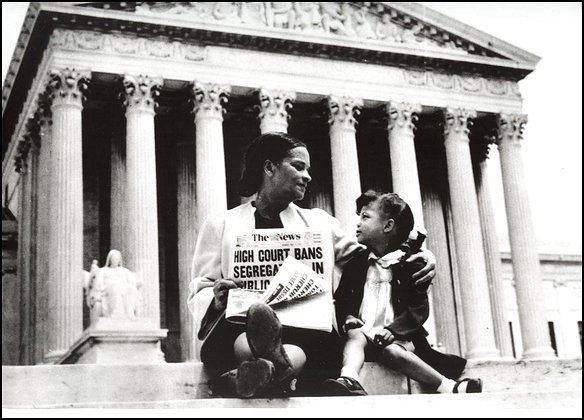











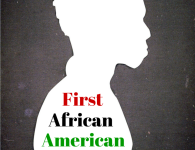
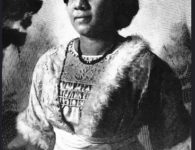



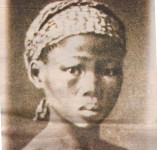

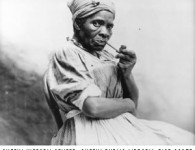

1 Comment
Order Valtrex Online Canada cialis 20mg for sale Discount Direct Levaquin Website Pills